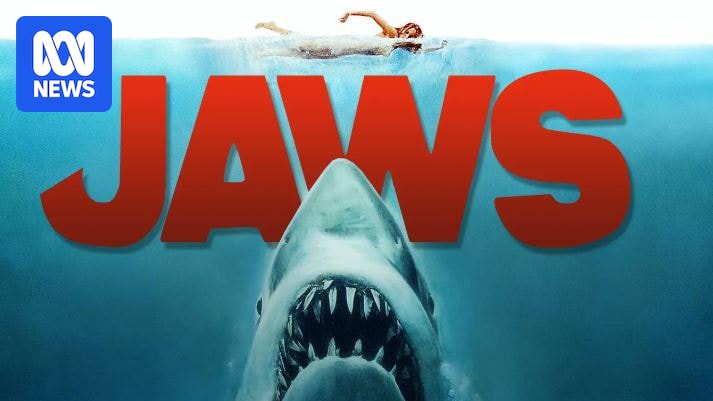
The tale of a resort town terrorized by a great white shark, Jaws is undeniably one of the most famous films of all time. Released in 1975, the Steven Spielberg-directed thriller became a commercial and cultural phenomenon, resonating with audiences even 50 years after the Mayor of Amity Island unwittingly invited chaos into his community.
Even if you’ve never seen Spielberg’s classic, its ominous two-note musical motif is instantly recognizable, as is its iconic poster art depicting a massive shark rising from the ocean depths toward an unsuspecting swimmer. The film’s most memorable line, “You’re gonna need a bigger boat,” has become part of the cultural lexicon.
The Making of a Classic
The production of Jaws was notoriously troubled, with the shoot going over budget and schedule due to a myriad of issues, including a malfunctioning mechanical shark and the challenges of filming at sea. Spielberg, then a 26-year-old director, was convinced the film would be a failure.
Reflecting on those challenging days, Spielberg once shared, “I didn’t think it had much life expectancy when I was making it. I thought it was going to be stillborn, or it would be released and I would be stillborn. That’s how hard it was to make the film.”
“I would sit there and I would just deal with what I couldn’t deal with at home or at the office. I could just let all the bad memories fly through me. Being in that environment was my therapy,” Spielberg told Deadline about his visits to the Universal Studios Jaws tour.
The Cultural Impact of Jaws
The film’s unexpected success was bolstered by an unprecedented TV marketing campaign and the decision to release it on over 400 screens, a rare strategy at the time. Jaws quickly shattered box-office records and set the template for the summer blockbuster, a model that continues to influence Hollywood today.
Film critic Amy Nicholson recalls her first encounter with the shark: “I was at my grandparents’ for the summer the first time I saw that shark, and I was so scared I couldn’t get out of bed in the morning in case Jaws was under there.”
The film’s release in Australia tapped into the nation’s beach-going culture, amplifying its impact. “Growing up anywhere coastal in Australia you know the ocean is both an idyll and a death trap,” says Jason Di Rosso, host of ABC Radio National’s The Screen Show.
Man Versus Shark: The Real Villain
While Jaws may have driven audiences away from the ocean, it also contributed to the sensationalization of sharks as mindless killers. However, Spielberg’s film presents a more nuanced villain: humanity itself, with its self-serving hubris.
The film’s most chilling moment isn’t the shark’s attacks but rather shark hunter Quint’s monologue about the USS Indianapolis. “Anyway, we delivered the bomb,” he concludes, highlighting humanity’s capacity for calculated cruelty.
“Jaws has mature layers that set it apart from other monster movies,” says Nicholson. “Most B-pictures would have punished the mayor by making sure he got chomped. But this script doesn’t patronize us.”
The Return of the Fin
To mark its 50th anniversary, Jaws is returning to cinemas, ready to captivate a new generation. The film’s innovative use of framing, editing, and sound continues to set a high bar for blockbuster filmmaking.
“I first saw Jaws in one of my undergrad screen studies classes, naively expecting the practical effects for Bruce the shark to feel outdated and clunky,” says Tiia Kelly, critic and co-editor of Australian film publication Rough Cut. “But I ended up finding it totally terrifying.”
Even Spielberg seems to have reconciled with his career-making work. On the occasion of the film’s 50th anniversary, he revisited Jaws, saying, “I wanted to see if I could get through the movie, get to the end of the movie without reliving the nightmares of making the movie. I liked it.”
Jaws is in cinemas from August 28 in celebration of its 50th anniversary, proving that its power to entertain and terrify remains undiminished.





